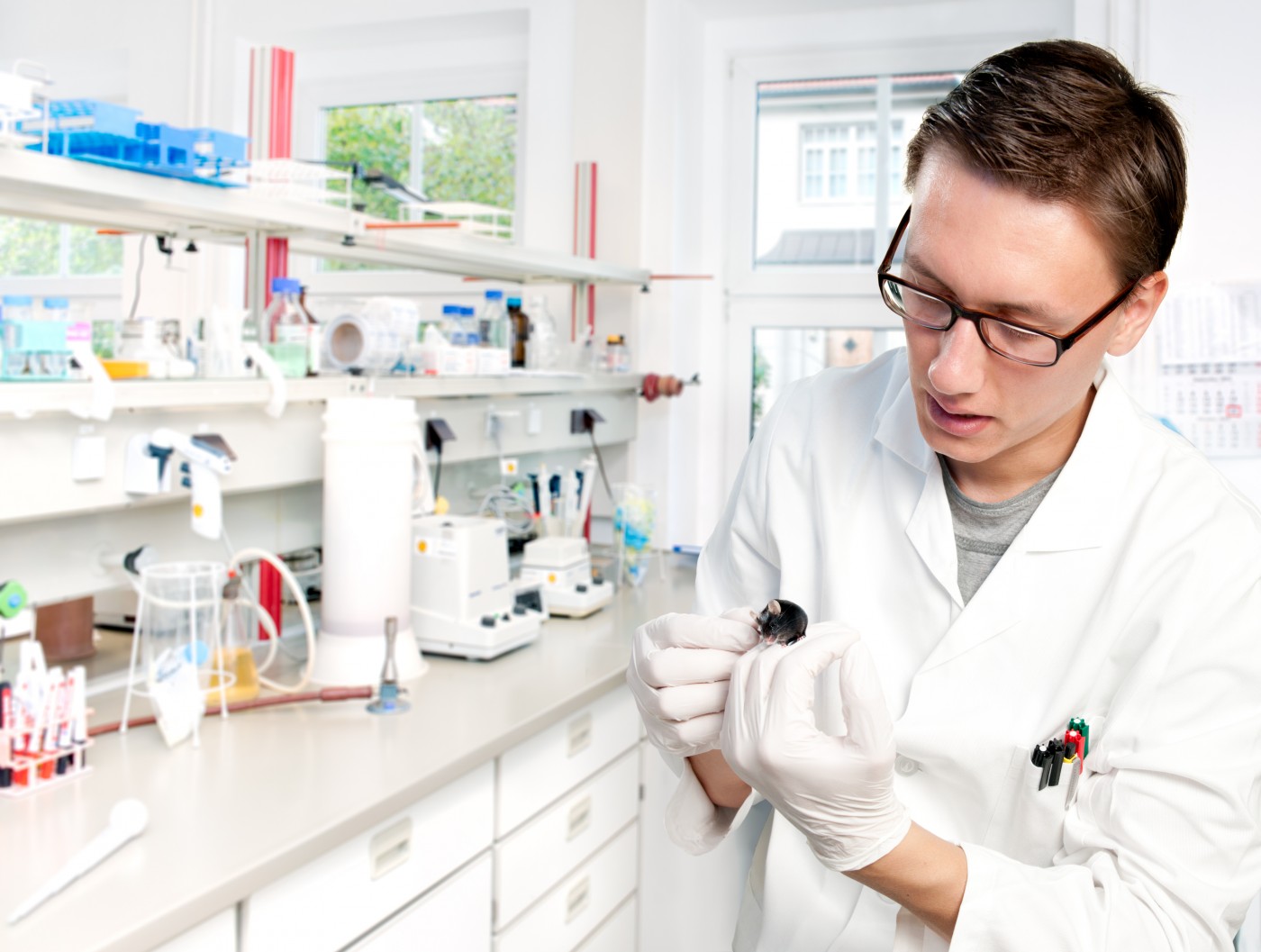In a recent study published in the journal Chemistry and Biology, a team of researchers from the University of Southampton developed a molecule that acts as an “exercise mimic,” which could possibly serve as a treatment for obesity and type 2 diabetes.
The molecule is called compound 14, and is able to inhibit the function of ATIC, a cellular enzyme involved in metabolism that leads to the build-up of the ZMP molecule in cells. An increase in ZMP makes cells believe they are lacking energy by activating a molecule called AMPK, the cell’s central energy sensor that causes cells to increase their levels of energy by accelerating glucose metabolism and uptake.
The scientists discovered that activating AMPK with compound 14 was able to reduce the levels of fasting blood glucose, improve glucose tolerance and also to promote weight loss in mice with obesity.
Ali Tavassoli, Professor of Chemical Biology at the University of Southampton whose research team discovered and developed compound 14, said in a news release: “There is a lot of evidence from previous studies that if you could selectively activate AMPK with a small molecule, it could have potential benefits in the treatment of several diseases, including type 2 diabetes, by acting as an exercise mimetic and increasing the uptake and usage of glucose and oxygen by cells. Our molecule, which activates AMPK by altering cellular metabolism, therefore holds much promise as a potential therapeutic agent.”
In previous experiments the researchers gave the molecule to two groups of mice. The researchers fed the mice with a high-fat diet making them obese or impairing their glucose tolerance or with a normal diet.
In the group of mice that were fed with the normal diet and then treated with compound 14, the researchers observed that their weight and blood glucose levels stayed normal. However, in obese mice fed with the high-fat diet a single dose of compound 14 was able to lower their elevated blood glucose almost to normal levels.
The researchers give the compound 14 to the obese mice for seven days, and found these there were improvements in the glucose tolerance and a weight loss of 1.5 grams. The agent did not affect the weight of those mice on the normal diet.
Dr Felino Cagampang, Associate Professor in Integrative Physiology at the University of Southampton and study co-author, added: “Current treatments for type 2 diabetes centres on elevating circulating insulin levels or improving the insulin sensitivity of an individual. The issue is that established drugs do not successfully enable patients with type 2 diabetes to achieve glycaemic control and some can even result in weight gain, a leading factor driving the diabetes epidemic. In contrast, this new molecule seems to reduce glucose levels and at the same time decrease body weight, but only if the subject is obese.”
The researchers are now working in the development of the molecule to evaluate the effect of a long-term treatment and its mechanism of action of glucose tolerance improvement and body weight reduction. If the researchers are able to demonstrate that the molecule is safe, it could be used for the development of drug to help individuals with obesity and diabetes to manage their disease.

